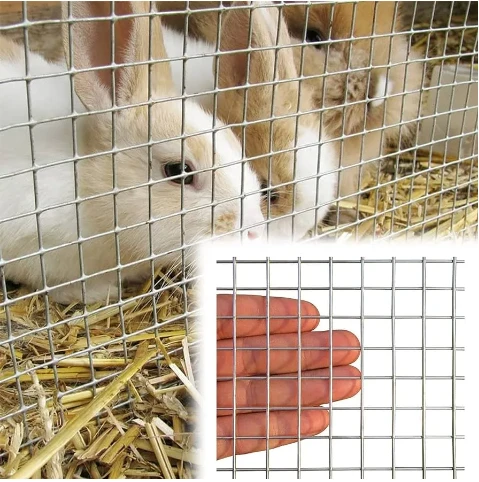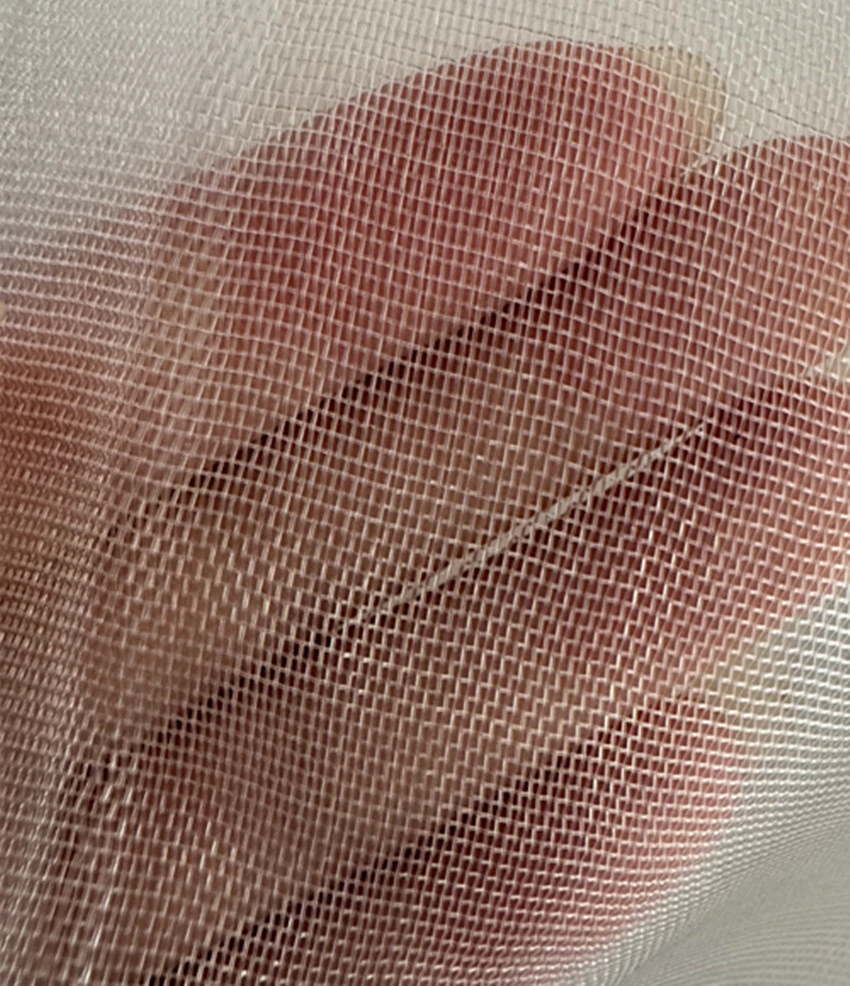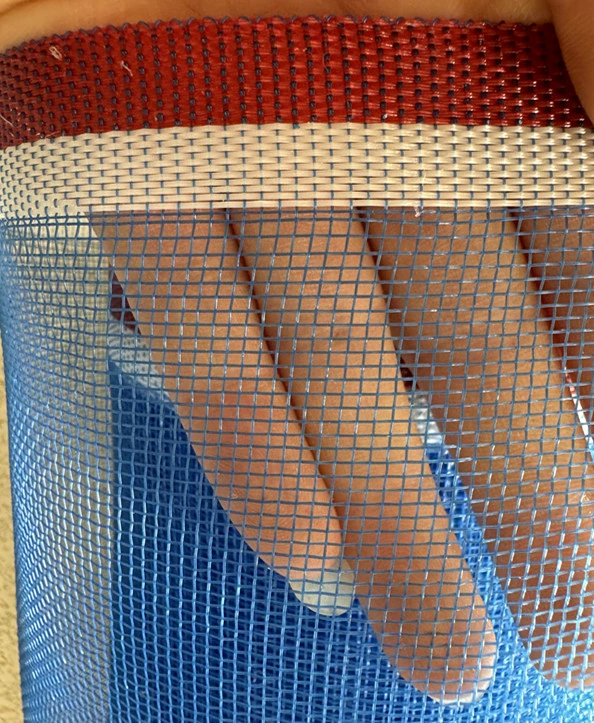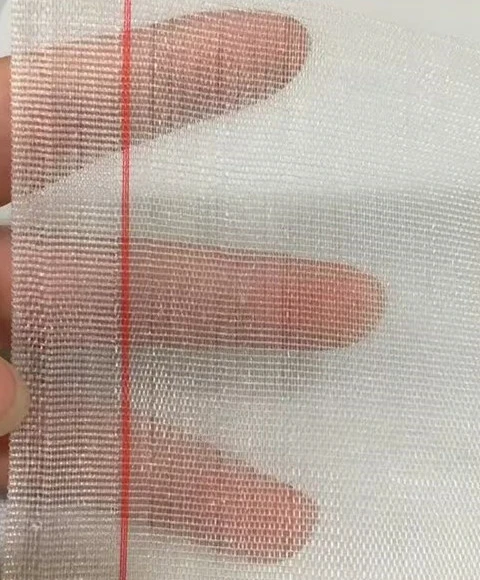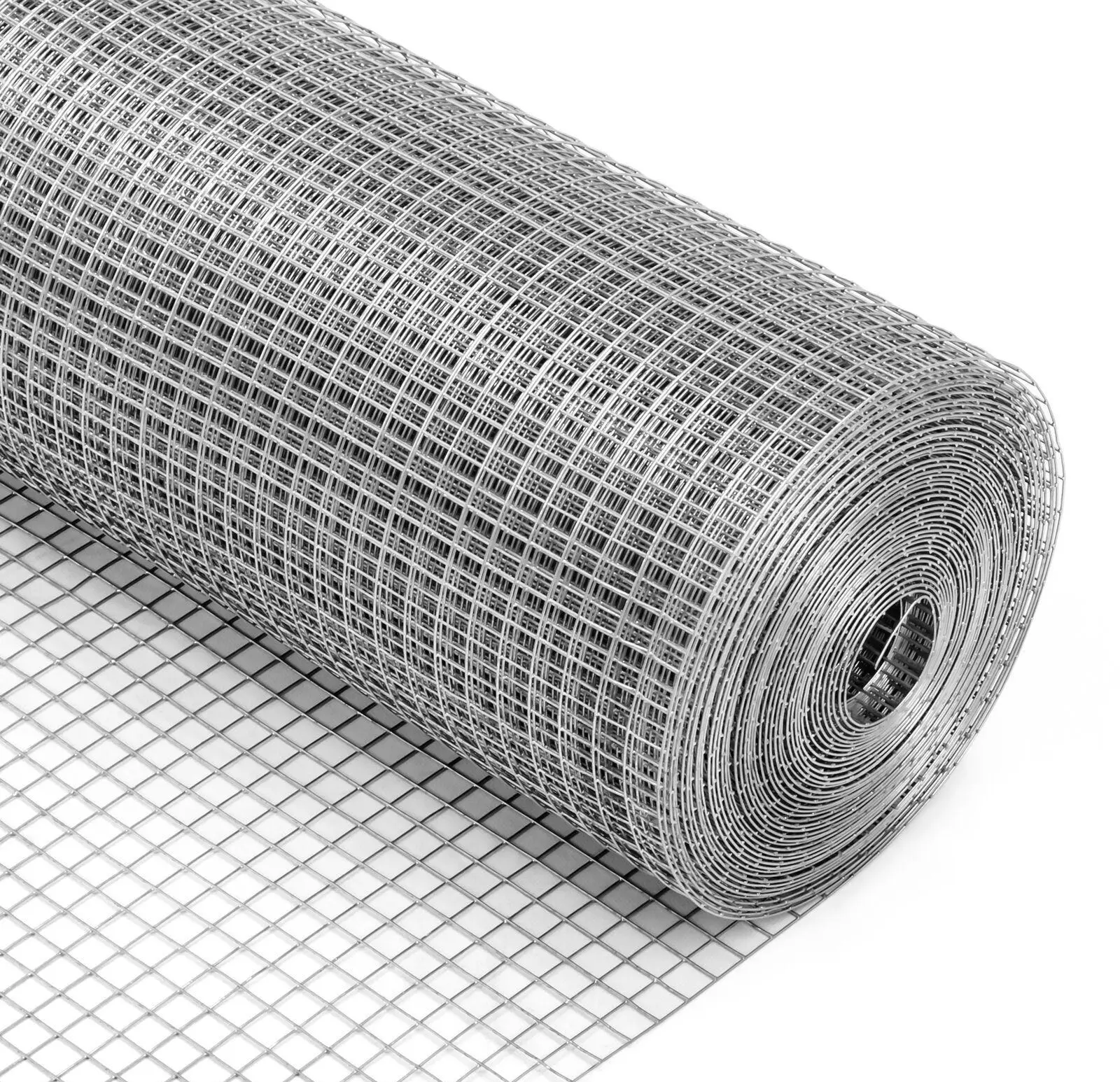-
 Afrikaans
Afrikaans -
 Albanian
Albanian -
 Amharic
Amharic -
 Arabic
Arabic -
 Armenian
Armenian -
 Azerbaijani
Azerbaijani -
 Basque
Basque -
 Belarusian
Belarusian -
 Bengali
Bengali -
 Bosnian
Bosnian -
 Bulgarian
Bulgarian -
 Catalan
Catalan -
 Cebuano
Cebuano -
 China
China -
 Corsican
Corsican -
 Croatian
Croatian -
 Czech
Czech -
 Danish
Danish -
 Dutch
Dutch -
 English
English -
 Esperanto
Esperanto -
 Estonian
Estonian -
 Finnish
Finnish -
 French
French -
 Frisian
Frisian -
 Galician
Galician -
 Georgian
Georgian -
 German
German -
 Greek
Greek -
 Gujarati
Gujarati -
 Haitian Creole
Haitian Creole -
 hausa
hausa -
 hawaiian
hawaiian -
 Hebrew
Hebrew -
 Hindi
Hindi -
 Miao
Miao -
 Hungarian
Hungarian -
 Icelandic
Icelandic -
 igbo
igbo -
 Indonesian
Indonesian -
 irish
irish -
 Italian
Italian -
 Japanese
Japanese -
 Javanese
Javanese -
 Kannada
Kannada -
 kazakh
kazakh -
 Khmer
Khmer -
 Rwandese
Rwandese -
 Korean
Korean -
 Kurdish
Kurdish -
 Kyrgyz
Kyrgyz -
 Lao
Lao -
 Latin
Latin -
 Latvian
Latvian -
 Lithuanian
Lithuanian -
 Luxembourgish
Luxembourgish -
 Macedonian
Macedonian -
 Malgashi
Malgashi -
 Malay
Malay -
 Malayalam
Malayalam -
 Maltese
Maltese -
 Maori
Maori -
 Marathi
Marathi -
 Mongolian
Mongolian -
 Myanmar
Myanmar -
 Nepali
Nepali -
 Norwegian
Norwegian -
 Norwegian
Norwegian -
 Occitan
Occitan -
 Pashto
Pashto -
 Persian
Persian -
 Polish
Polish -
 Portuguese
Portuguese -
 Punjabi
Punjabi -
 Romanian
Romanian -
 Russian
Russian -
 Samoan
Samoan -
 Scottish Gaelic
Scottish Gaelic -
 Serbian
Serbian -
 Sesotho
Sesotho -
 Shona
Shona -
 Sindhi
Sindhi -
 Sinhala
Sinhala -
 Slovak
Slovak -
 Slovenian
Slovenian -
 Somali
Somali -
 Spanish
Spanish -
 Sundanese
Sundanese -
 Swahili
Swahili -
 Swedish
Swedish -
 Tagalog
Tagalog -
 Tajik
Tajik -
 Tamil
Tamil -
 Tatar
Tatar -
 Telugu
Telugu -
 Thai
Thai -
 Turkish
Turkish -
 Turkmen
Turkmen -
 Ukrainian
Ukrainian -
 Urdu
Urdu -
 Uighur
Uighur -
 Uzbek
Uzbek -
 Vietnamese
Vietnamese -
 Welsh
Welsh -
 Bantu
Bantu -
 Yiddish
Yiddish -
 Yoruba
Yoruba -
 Zulu
Zulu
steel wire fabric
The Importance of Steel Wire Fabric in Modern Construction
In the realm of modern construction, the phrase steel wire fabric often surfaces, signifying a crucial element that contributes to the structural integrity and longevity of various constructions. Steel wire fabric, commonly referred to as welded wire mesh or simply wire mesh, is made from steel wires arranged in a grid pattern and welded at the intersections. This versatile product is extensively used in the construction of concrete structures, enhancing strength, durability, and overall performance.
Properties and Composition
Steel wire fabric is composed of high-quality steel that provides excellent tensile strength, making it resistant to various forms of stress and strain. The wires are offered in different diameters, which can be chosen based on the specific needs of the project. Additionally, the spacing between the wires can also be customized to accommodate various applications. This flexibility not only makes steel wire fabric a strong reinforcement material but also allows engineers and architects to design safer and more efficient structures.
Applications in Construction
One of the primary applications of steel wire fabric is in reinforced concrete construction. Concrete, while inherently strong in compression, lacks tensile strength. To mitigate this limitation, steel wire fabric is incorporated into concrete slabs, walls, and foundations. The mesh provides a reliable framework that holds the concrete in place and prevents cracking, which can occur due to temperature variations, settling, or dynamic loads.
Moreover, steel wire fabric is widely used in various other applications, including roadways, pavements, and precast concrete elements
. In road construction, for instance, the use of wire mesh can enhance the load-bearing capacity of the concrete and increase the lifespan of the surface, reducing maintenance costs over time. In precast concrete applications, the mesh ensures uniformity and strength, enabling manufacturers to produce high-quality components efficiently.steel wire fabric

Benefits of Steel Wire Fabric
One of the most significant benefits of steel wire fabric is its cost-effectiveness. By providing superior structural reinforcement, it allows for the reduction of concrete volume, leading to lower material costs. Additionally, the use of welded wire mesh saves time during the construction process, as it is easier to handle and install compared to traditional rebar. The prefabrication capabilities of steel wire fabric also result in less waste on construction sites, contributing to more sustainable building practices.
Another advantage of using steel wire fabric is its high resistance to corrosion, particularly when galvanized or coated. This characteristic is especially vital in regions where moisture is prevalent, as it prolongs the lifespan of the reinforcement and minimizes the need for frequent repairs or replacements. Furthermore, the uniform distribution of steel throughout the concrete leads to better performance under various load conditions, making structures safer and more reliable.
Future Trends in Steel Wire Fabric Technology
As construction technology evolves, the manufacturing and application of steel wire fabric are becoming even more innovative. Advances in materials science have led to the development of high-strength steel alloys that enhance the performance of wire mesh. Furthermore, the integration of smart technologies, such as sensors embedded within the wire fabric, has the potential to monitor the health of structures in real-time. This proactive approach to maintenance can significantly reduce risks associated with structural failures.
In conclusion, steel wire fabric plays an essential role in modern construction, offering a blend of strength, versatility, and cost efficiency. Its applications span across various types of structures, contributing to enhanced performance and safety. As we continue to embrace new technologies and materials, steel wire fabric remains a critical element in the pursuit of building resilient and sustainable infrastructures for the future.
-
The Sunshade Net Can Block Ultraviolet RaysNewsAug.11,2025
-
Main Application and Technology of Nylon ScreenNewsAug.11,2025
-
Green Anti UV Sunshade Net: The Perfect Combination of Ecological Friendliness and Practical PerformanceNewsAug.11,2025
-
Explore the Sunshade NetNewsAug.11,2025
-
Application and Development of Nylon Screen in Fuel Processing and TreatmentNewsAug.11,2025
-
Application and Advantages of Nylon Screen for AquacultureNewsAug.11,2025






